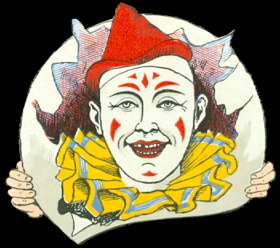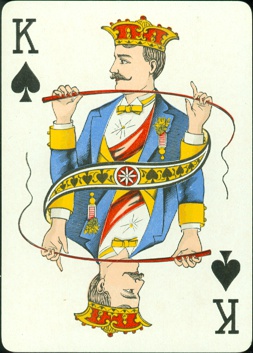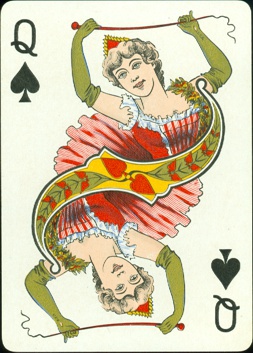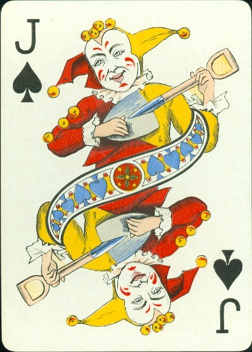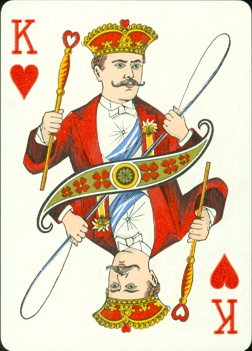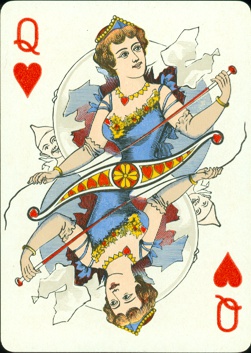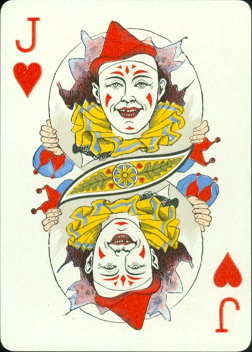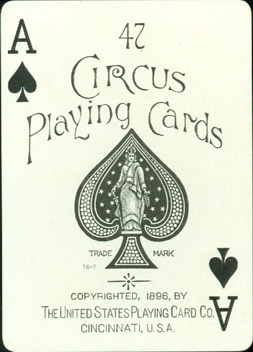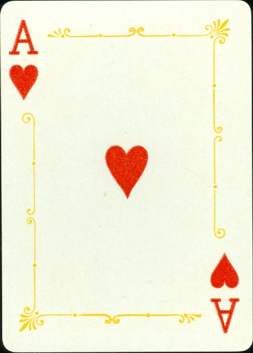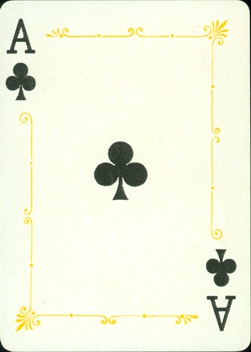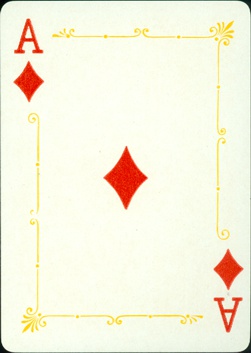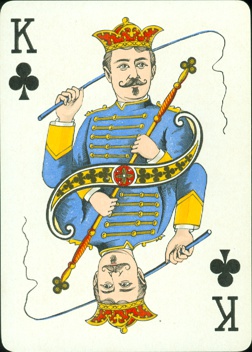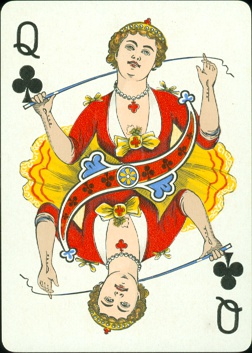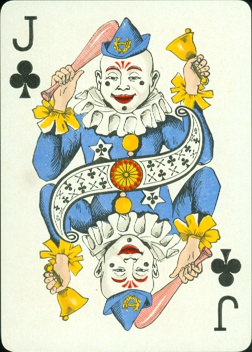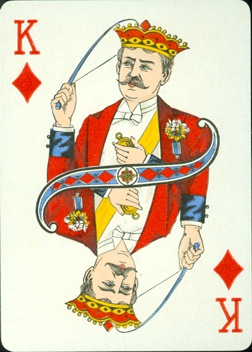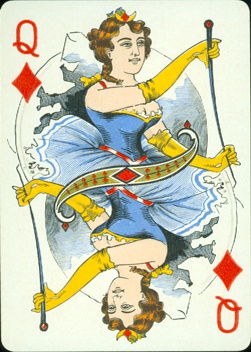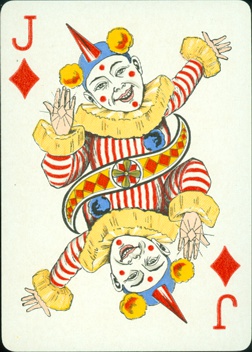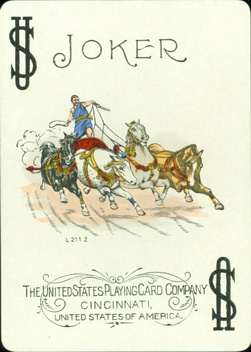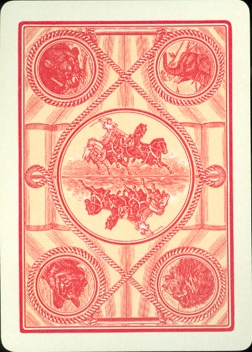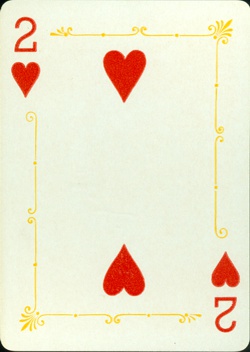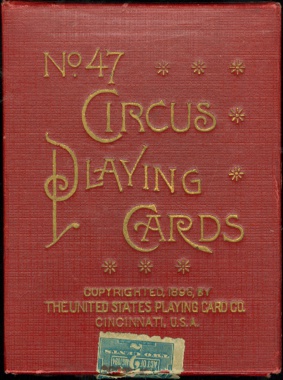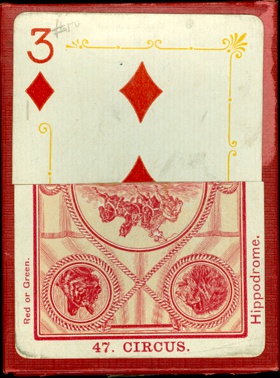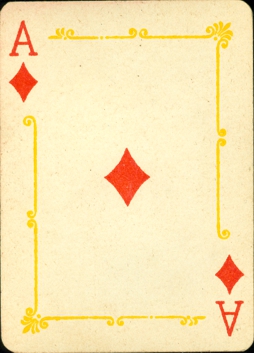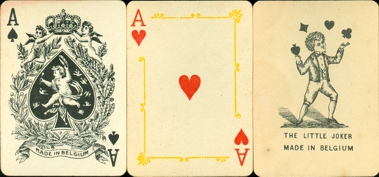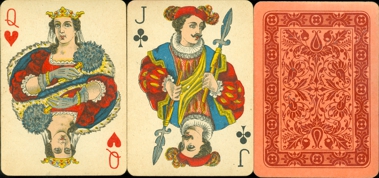|
Sorting out a collection of some 80 folders with sheets is highly time consuming. Louis had an ingenious way of presenting each deck on 2 sheets. Presentation apparently meant a lot to him and if there were not enough extra cards or jokers to fit the layout of the sheet, he would make almost perfect copies of some cards and add them. But the hardest part is to find the remaining cards of the deck, which are in a box, a plastic box or bag. These boxes etc are kept in larger boxes. Some are coded with letters, some with numbers and some very large ones don't appear to have any specific name or number. It will keep us busy for months. |
|
From all
the decks that we have already been able to unite we sort out the ones
that we have, so we can see if the new deck would be an improvement of
our own copy or if it will end up in the large box of decks to sell.
It's a second job in itself and it also takes up a good deal of time. |
